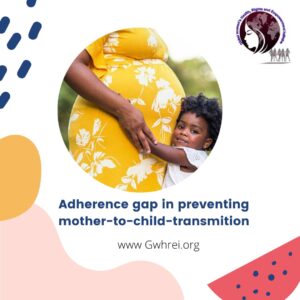A systematic evidence review that set out to identify and appraise strategies to keep heterosexual men in sub-Saharan Africa in HIV care has found very little evidence to assess.
Although African women are more likely than African men to be living with HIV, more African men than African women die from AIDS-related illness. Low treatment coverage among men and poor treatment-seeking behaviour are thought to be the reasons for this. But, until now, little has been done to assess evidence on the strategies that keep men on antiretroviral treatment and in HIV care.
To address this, researchers conducted a systematic evidence review of trials and studies in sub-Saharan Africa published between 2005 and 2020 that looked at retaining people in HIV care and included heterosexual men (aged 15 and above).
It found that no studies have focused solely on men. Instead, research has tended to compare HIV care retention rates between men and women or explored retaining the male partners of pregnant women in preventing mother-to-child transmission programmes.
Researchers found 14 HIV care retention studies that included heterosexual men. These were conducted in the Democratic Republic of Congo, Ethiopia, Malawi, Mozambique, Rwanda, South Africa, Tanzania and Uganda. The number of men included in the studies varied between 120 and 21,100. Overall, men made up one-third (32%) of study participants.
Six studies examined the impact of community-based adherence support groups, three studies compared facility-based and community-based HIV care. A further three studies measured the effects of national identity cards, disclosure of HIV status, six-monthly clinic visits and distance from the health centre. But most studies did not analyse retention by sex, making it difficult to identify which strategies might work for men.
In those that did, community-based adherence support was found to have the highest care retention rate for men.
Just two studies reported on the proportion of men retained in HIV care, which averaged 56% at 24 months.
In studies that compared men and women, men were more likely than women to leave HIV care.
Randomised controlled trials are the ‘gold standard’ for evaluating interventions as they can use a control group to compare effects. But all of the studies that examined strategies on retaining men in HIV care were retrospective cohorts studies, in which researchers look back in time at archived or self-reported data, and so should be interpreted with caution.
This review has revealed a severe lack of evidence on what works when it comes to keeping heterosexual men in HV care. More research is needed, preferably through male-focused trials, so that more men living with HIV are able to access, and stay on, life-saving treatment.




